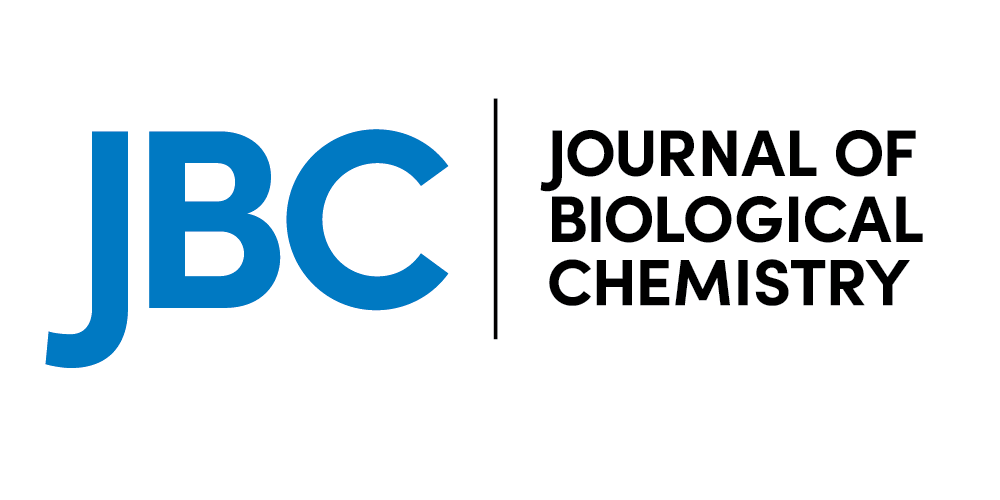
During mitosis, chromosomes are compacted in length by over 100-fold into rod-shaped forms. In yeast, this process depends on the presence of a centromere, which promotes condensation in cisby recruiting mitotic kinases such as Aurora B kinase. This licensing mechanism enables the cell to discriminate chromosomal from non-centromeric DNA and to prohibit the propagation of the latter. Aurora B kinase elicit s a cascade of events starting with phosphorylation of histone H3 serine 10 (H3S10ph), which signals the recruitment of lysine deacetylase Hst2 and the removal of lysine 16 acetylation in histone 4 (H4). The unmasked H4 tails interact with the acidic patch of neighboring nucleosomes to drive short-range compaction of chromatin, but the mechanistic details surrounding Hst2 activity remain unclear. Using in vitroand in vivoassays, we demonstrate that the interaction of Hst2 with H3S10ph is mediated by the yeast 14-3-3 protein Bmh1. As a homodimer, Bmh1 binds simultaneously to H3S10ph and the phosphorylated C- terminus of Hst2. Our pulldown experiments with extracts of synchronized cells show that the Hst2-Bmh1 interaction is cell cycle dependent, peaking in the M phase. Furthermore, we show that phosphorylation of C-terminal residues of Hst2, introduced by genetic code expansion, stimulates its deacetylase activity. Hence, the data presented here identify Bmh1 as a key player in the m echanism of licensing of chromosome compaction in mitosis.



Δεν υπάρχουν σχόλια:
Δημοσίευση σχολίου
Σημείωση: Μόνο ένα μέλος αυτού του ιστολογίου μπορεί να αναρτήσει σχόλιο.